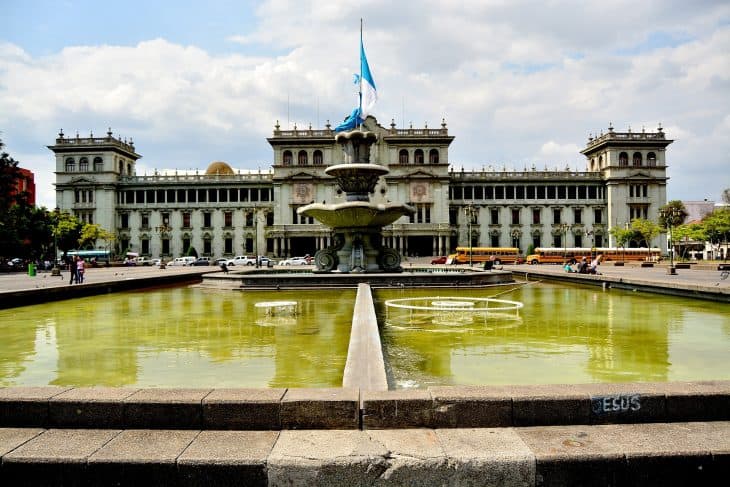
Millions of people visiting Guatemala stand witness to its beauty. Read these Guatemala facts and you might just find a reason to have it as your next destination. We hope these Guatemala facts made you more interested in going to this wonderful country!
- The origin of the name ‘Guatemala’ is ‘Quahtlemallan’ which means ‘place of many trees’.
- Another name for the nation is Land of Eternal Spring.
- Guatemala is a country in Central America.
- With a total area of 108,889 sq km, Guatemala is the world’s 107th largest nation.
- Guatemala people are called ‘Guatemalan’.
- Guatemala was under Spain government until it gained its independence in 1839.
- It covers a total land area of 107,159 sq km and a water body area of 1,730 sq km.
- As of January 2, 2020, Guatemala’s population is at 17,750,229.
- Guatemala ranks 67th in the most populous countries in the world.
- The currency used in Guatemala is the Quetzal or GTQ.
- Guatemala’s area code is 502.
- Guatemalan websites are under the top-level internet domain ‘.gt’.
- The national flower of Guatemala is the white nun orchid or ‘Monja Blanca’.
- Guatemala is also known for its vast rainforests and steep volcanoes.
- Among the Guatemalan populace, 14% survive on less than USD $1.25 daily.
- The blue denim that is now known and used worldwide originated from Guatemala.
- Guatemala is the leading producer of the special stone jade.
- The usual Guatemalan breakfast has eggs, warm tortillas, local cheeses, and spicy salsas.
- Legend has it that Mayan babies are born warriors, hence, they don’t cry.
- Antigua was the former capital city of Guatemala until an earthquake struck in 1776.
Guatemala holds the oldest human history record in all Central America.
Experts traced evidence dating as early as 18,000 BC. However, this fact is still under dispute among experts. What is widely known is that about 12,000 years ago, humans passed through the land to migrate to South America.
Pedro de Alvarado, a Spanish conquistador, captured Guatemala in 1524.
The Republic of Guatemala celebrates Independence Day every September 15.
The capital of Guatemala is Guatemala City.
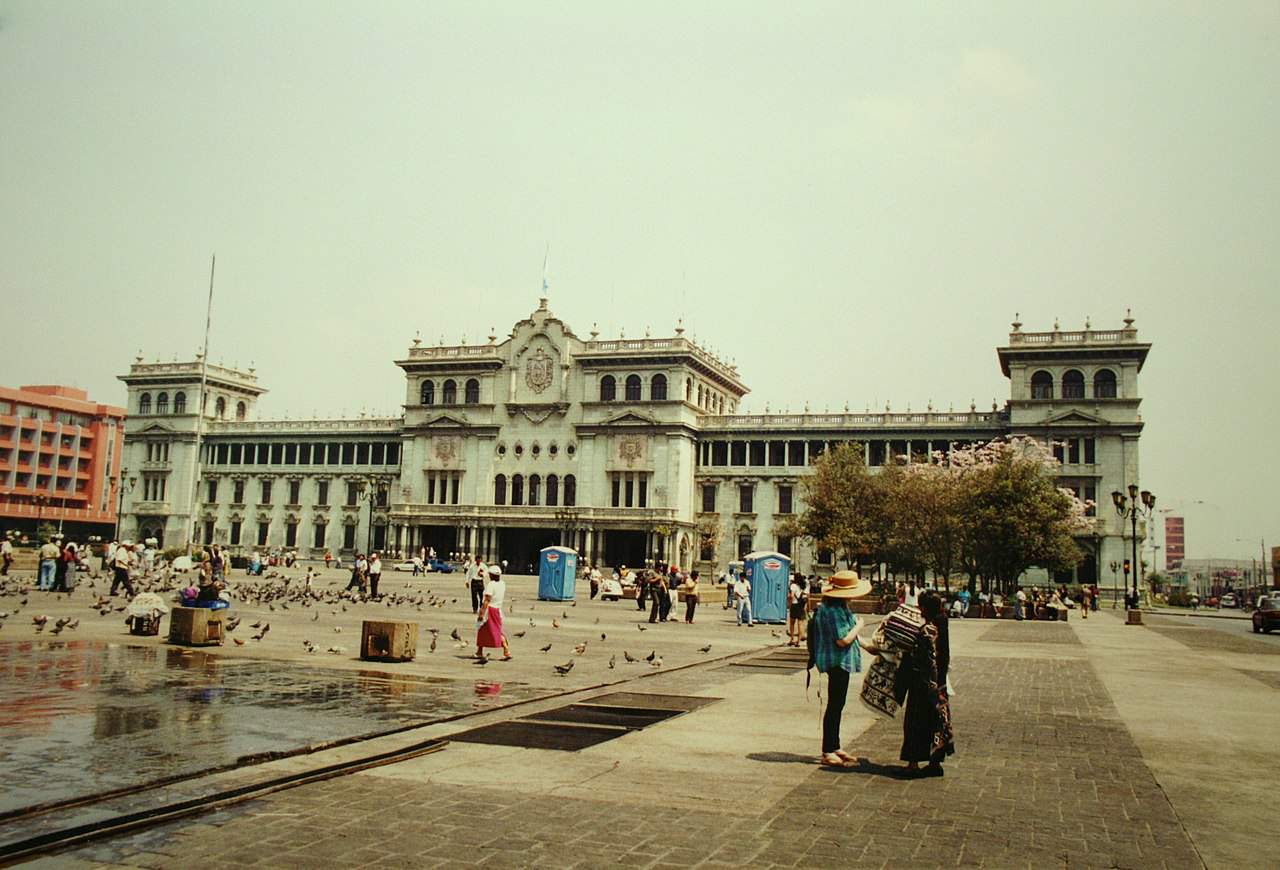
The Spanish name for the city is Ciudad de Guatemala. Though it is officially recognized as Nueva Guatemala de la Asunción. This translates to ‘New Guatemala of the Assumption’. Locally, the city usually goes by ‘Guatemala’ or ‘Guate’. Aside from being the capital city of Guatemala, it is also the largest city in the country. It is also the most populous urban region in Central America.
Guatemala share borders with four countries.
On its north lie Mexico and Belize while on its south are El Salvador and Honduras. The Pacific Ocean is on its west.
The geography of Guatemala has three main sectors.
Its land covers northern plains with a scattered population. The central volcanic highlands are heavily populated, and the southern agricultural/Pacific lowlands.
Guatemala ranks 2nd in the countries with the largest Ozone concentration.
This gas could be found both in the stratosphere which is the Earth’s upper atmosphere. It’s also on the troposphere which is the ground level of the atmosphere.
Guatemalan land has more than 30 volcanoes.
Among all of them, three are considered active. Their names are Pacaya, Fuego, and Santiaguito.
You can see a live lava flow in Guatemala.
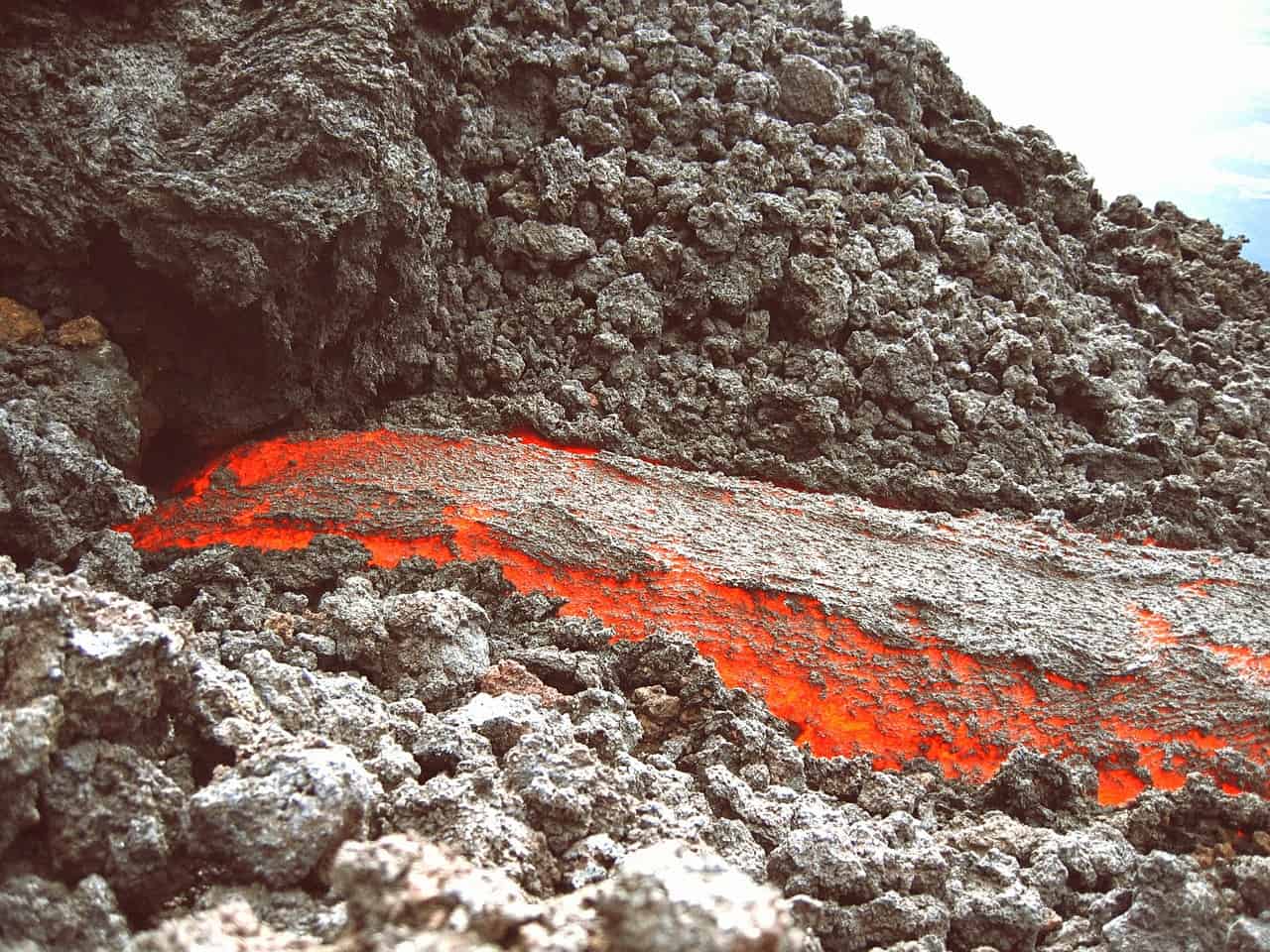
Tourists visit the Pacaya Volcano to witness the beauty of red-hot lava up close.
The longest river in Guatemala is the Motagua River.
It stretches to around 250 miles. Aside from its record-breaking length, it also serves as a major transportation mode for local products to be raised in the valleys of the eastern region. Among the produce that moves up and down the waterways are coffee and bananas.
The deepest lake in Central America could be found in Guatemala.
Lake Atitlán of Guatemala holds a maximum depth of approximately 340 meters. Moreover, it serves as the country’s most important tourist attraction both national and international. People also hail it as the world’s most beautiful lake.
The highest point in Central America also resides in Guatemala.
The Tajamulco Volcano of Guatemala stands high at 4203 meters above sea level.
Guatemala boasts of three UNESCO World Heritage Sites.
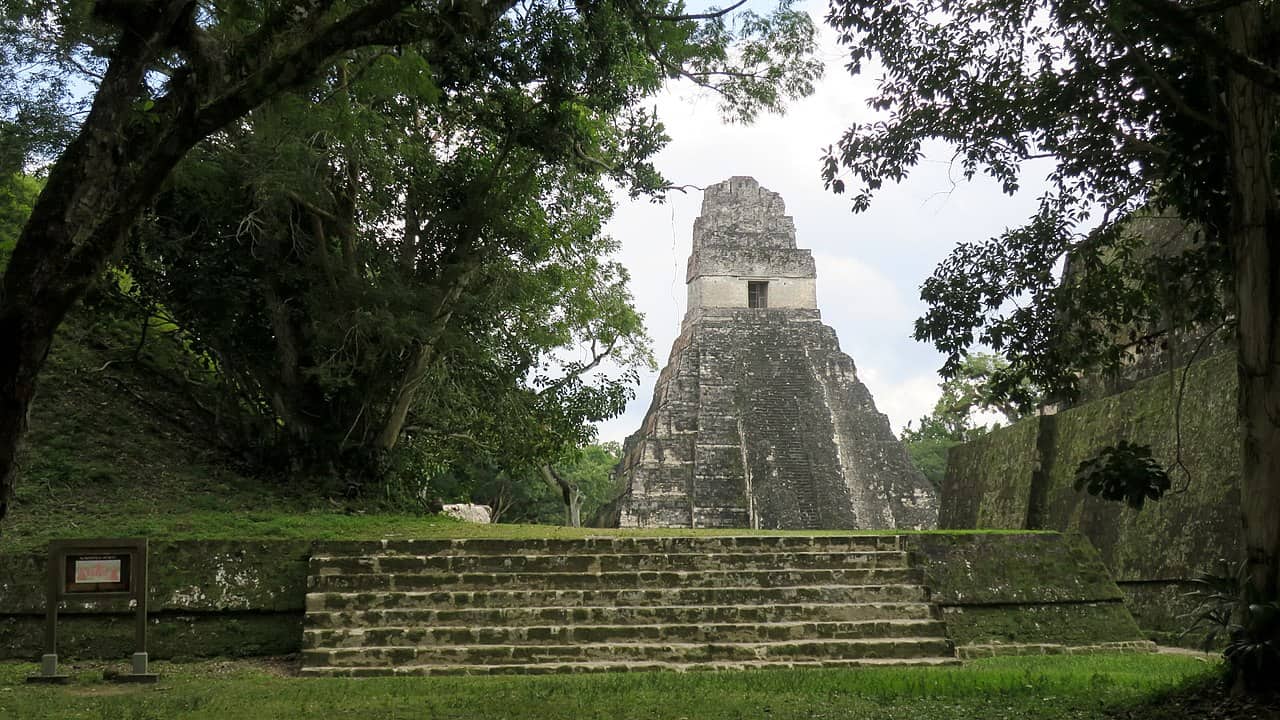
They are the Tikal National Park, Antigua Guatemala, and the Archaeological Park and The Ruins of Quirigua.
The first mixed UNESCO World Heritage Site could be found in Guatemala.
Located in the Petén Province of Northern Guatemala, Tikal National Park passed both the natural and cultural criteria of the World Heritage properties. It sits within the Maya Forest, a large forest that even extends into Mexico and Belize.
One of Guatemala’s famous tourist attractions is the Santa Catalina Arch.

The residential area of the nuns lies on one side of the Arch while a school where they teach lies on the other. Made in 1694, it served as a passageway for the nuns who took their vow of seclusion so that they won’t have to cross the populated street. In 1773, an earthquake destroyed the city of Antigua except for the Arch which remained standing until today.
You could take part in sea-turtle-saving activities in Guatemala.
Monterrico, a volcanic beach defined by its black sand, allows visitors to save a sea turtle. Their local sea sanctuary is a place where you could help in caring for the turtles until they are ready to be back in the ocean.
Guatemala has baths that perfectly sit upon a volcanic vent.
Both of the two existing baths are in Quetzaltenango, Guatemala. These places could give you the experience of a natural bath with steam rising from the bowels of the Earth.
The ‘Land of Eternal Spring’ has a warm and tropical climate.
Guatemala’s tropical climate divides into the heat and humidity of the lowlands and the chill of the highlands.
The ultimate shopping destination of Guatemala is the Chichicastenango Market.
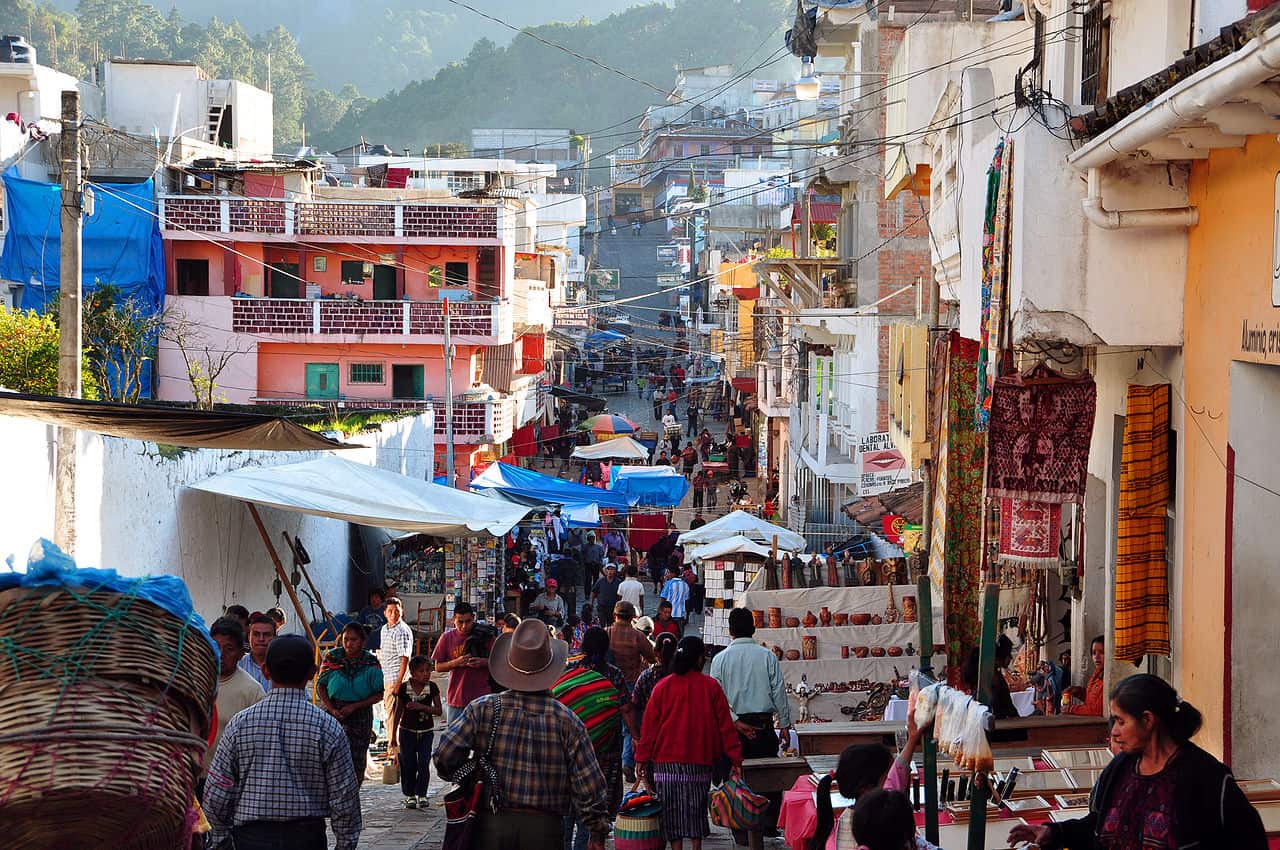
This native market is home to the trade of different kinds of products. It has clothing, fabrics, textiles, local crafts, fruits, and vegetables. Locals and tourists alike flock to the place not only for its products, but also for the parties, feasts, and festivals held there.
Guatemala’s Chichicastenango Market is the most vibrant native market in the Americas.
‘Chichi’ in short, the market sits around 2-3 hours southwest of Guatemala City.
The process of the instant coffee originated in Guatemala.
George Constant Louis Washington, an Anglo-Belgian inventor, takes credit for both the invention of the early instant coffee process and its mass production through his company, the G. Washington Coffee Company.
The largest industry in Guatemala is coffee export.

Approximately 50% of the country’s population is under the employment of agricultural businesses. Today, the country’s horticulture involves coffee, bananas, corn, and sugarcane. Livestock such as cattle is another market.
The second-largest industry in Guatemala is tourism.
Around 35% of the country’s population has jobs under the tourism department.
The world’s first chocolate bar came from Guatemala.
Some chocolate residue was traced from a vessel in Guatemala from as early as the Mayan times in 460-480 A.D.
Guatemalan food is a mix of Mayan and Spanish cuisine.
Prominent pieces that serve as principal ingredients in their recipes include corn, beans, and chillies. On Thursdays, the locals usually eat Pachas. It is a common Guatemalan dish defined by a tamale made from potatoes.
The national beer of Guatemala is a drink called ‘Gallo’.
Guatemalans prefer their coffee weak, sweetening it with a little milk. They also like drinking fruit juices and fruit shakes which they call licuados.
The national anthem of Guatemala was written by a Cuban.
José Joaquín Palma, a Cuban poet, penned the lyrics to the hymn. A Guatemalan composer named Rafael Álvarez Ovalle composed it.
The national bird of Guatemala is the Quetzal.
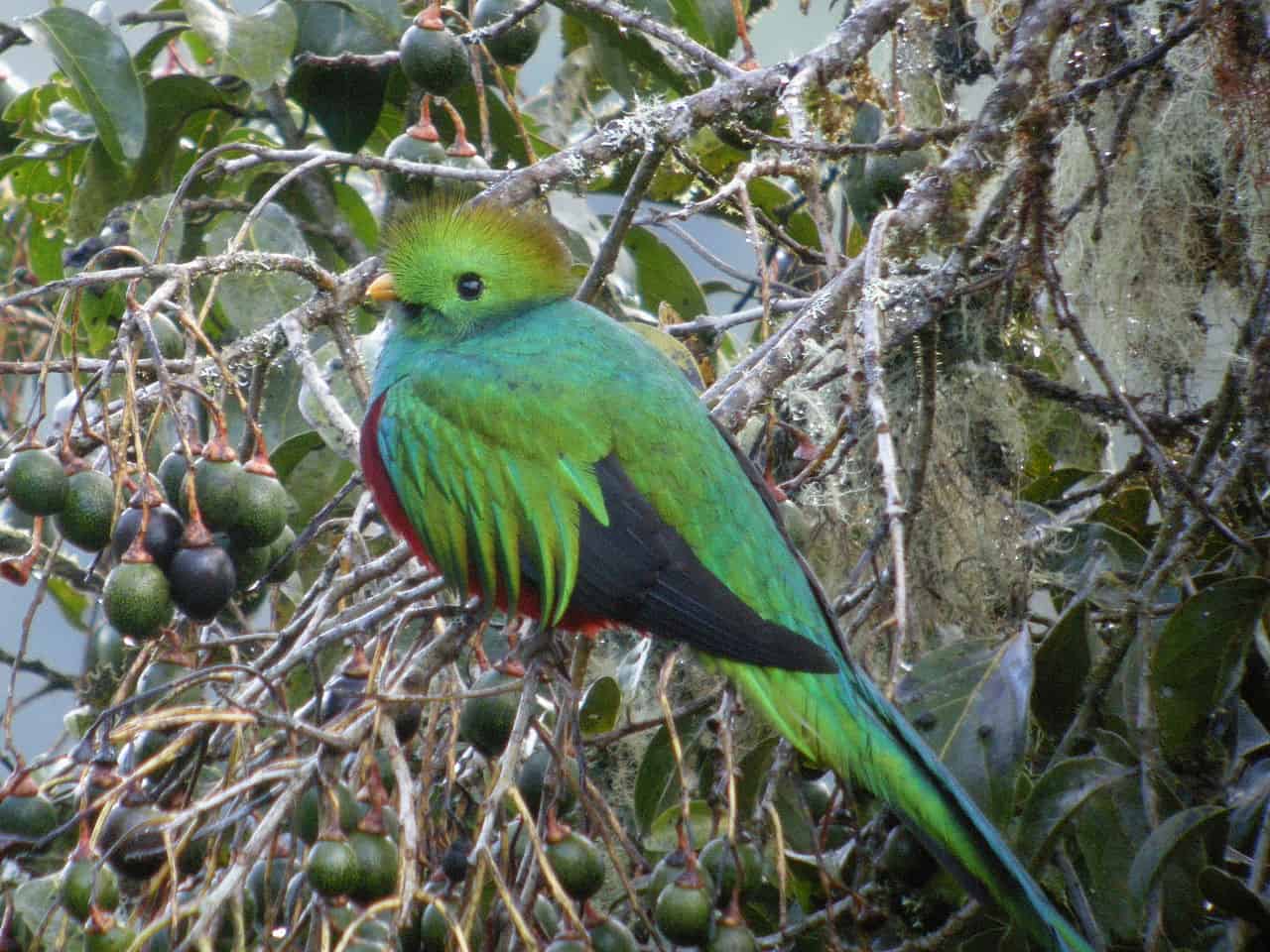
Feathers of the bird species were once used as currency in the ancient Mayan times. It might as well be the reason why the country’s money is named after the bird.
Guatemalan culture is a combination of influence from two major ethnic groups.
Contrasting cultures from the indigenous Mayans and non-indigenous mestizos or ‘Ladinos’ united. It formed what is now known as the Guatemalan culture. Today, poor Mayan villagers inhibit the rural highlands. The wealthier, modern mestizos live in the surrounding cities and plains.
Traditional greetings and farewells among Ladino adults are in the form of physical touch.
They either pat your arm or shoulder, shake your hand, embrace you, kiss your cheek even in the first acquaintance. On the other hand, Mayan adults are more into the verbal by asking about your family and health.
Guatemalan natives frown upon speaking loudly in public.
Also, it is taboo to put your thumb between your index and middle finger in the act of making a fist.
Guatemalan families are tight-knit.
The close bond that they share with each other stay that way throughout their entire lives. Known for being hardworking, the men tend to the fields. On the other hand, women took care of raising the children and weaving exquisite textiles with unique motifs per community.
Guatemalan marriages start with a civil ceremony followed by a religious rite.
However, poor classes of both the Mayans and Ladinos usually have free unions and brittle ties. It almost always results in many children being unaware of or not recognized by their fathers. Despite monogamy being a rule, some men still hold on to both wives and mistresses.
As soon as a Guatemalan woman gives birth, she would have a hot tortilla drink.
They believed that drinking this would help produce abundant and healthy breast milk. Moreover, they put a red bracelet on a newly born baby’s right hand. It serves as protection from bad-spirited people.
Guatemalans earned a reputation for their bright-coloured garments.
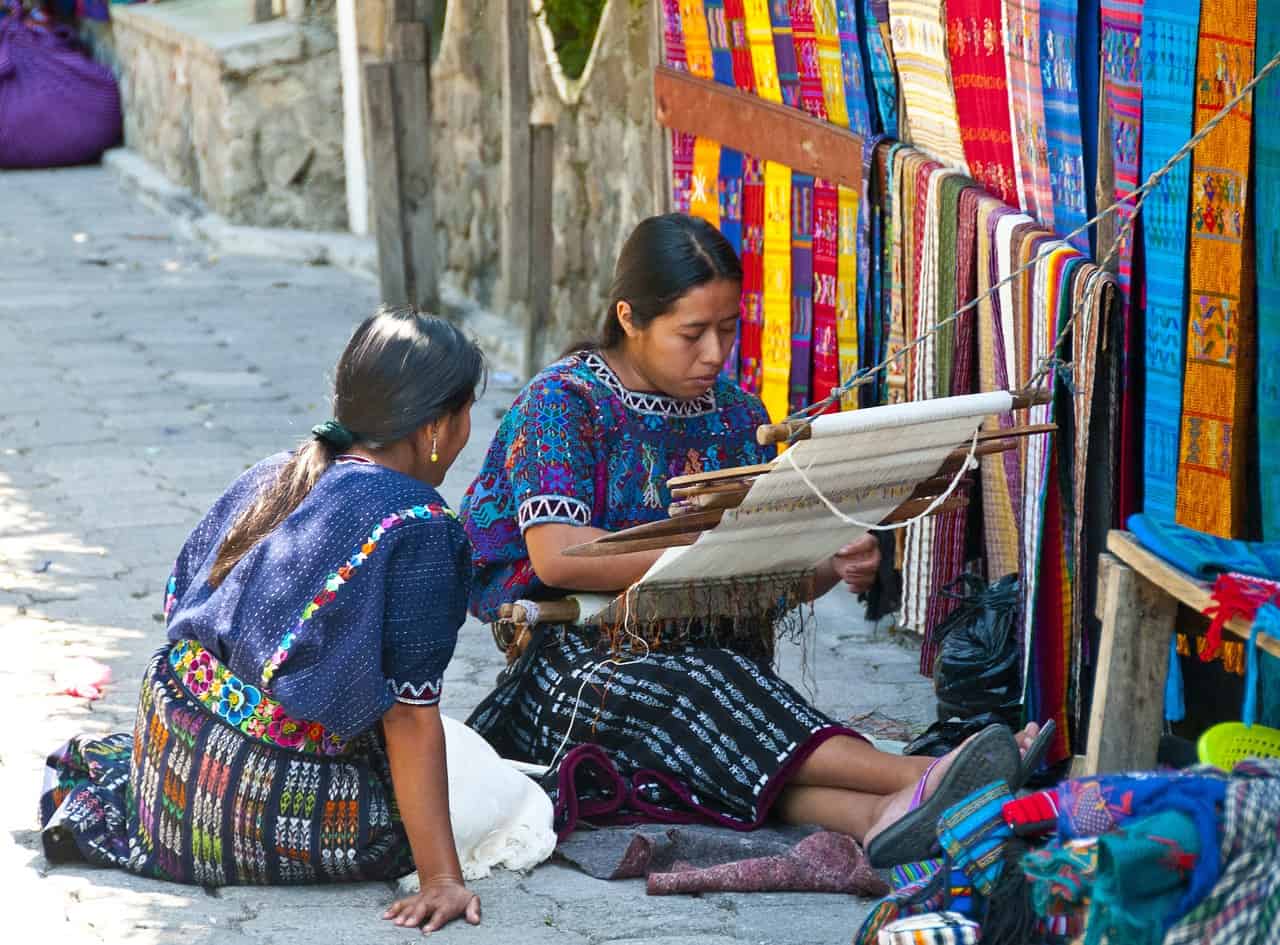
Their shirts, dresses, blouses, and capes bore individualist patterns. They are unique in each village. Hence, identifying from which village a person lives is easy due to the design of their clothes. Poorer Guatemalans are more patriotic to their traditional clothing while the Ladinos prefer wearing outfits with a more Western style.
Guatemala also boasts of its traditional dances.
The natives would perform at fiestas to honor local saints. These traditional dances are in the form of musical dramas that demonstrate historical events through masks and costumes. ‘Dance of Conquest’ regard the victory of Spanish over the Amerindians while the ‘Deer Dance’ is a representation of the conflict between animals and humans.
The national instrument of Guatemala is the marimba.
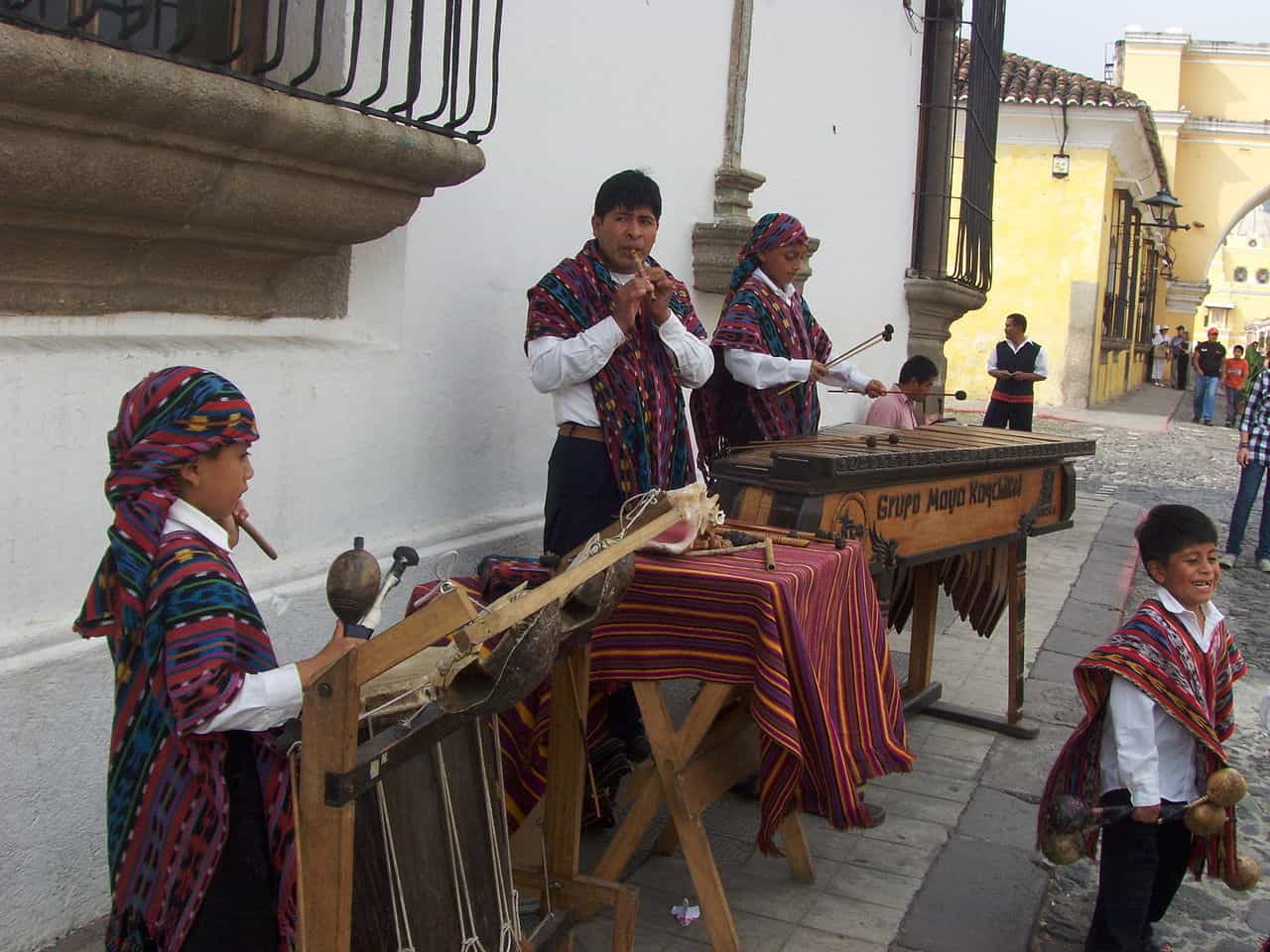
Guatemalan music is a diverse mix of various expressions and styles. Varieties of folk music came from the Afro-Caribbean Garifuna people while a dance genre called ‘Cumbia’ came from the lower classes.
The most popular sports in Guatemala is football or soccer.
Among the sports that Guatemalans enjoy are kayaking, white-water rafting, and volcano climbing. They also enjoy ‘spelunking,’ an outdoor activity wherein they go and explore caves.
Guatemalan handicrafts are among the finest in the world.

Raw cloth and finished garments bore brilliant colors and intricate designs that make them distinguishable. The cotton, silk, and wool traditionally used as clothing fibers are also part of the making of rugs and blankets. Meanwhile, Highland Amerindians also used variations of cane and fibers from maguey cactus for the production of hats, baskets, and mats.
Gift-giving is not an ideal gesture in first meetings.
Upon invitation into a Guatemalan household, the appropriate gifts are wine, chocolate, or flowers. But you must avoid giving gifts that are easily breakable as well as white flowers. These are typical funeral items.
Every Guatemalan village celebrates the feast day of their Patron Saint.
They hold cultural activities like processions, folkloric dances, and presentation of crafts. Other widely-celebrated occasions are the Easter, Semana Santa, and All Saints’ Day. They also celebrate ‘Palo Volador,’ and the election of ‘Rabin Aju’ in Copán.
As part of the Christmas celebration, it is a tradition among Guatemalans to fire guns into the sky.
Sadly, the Guatemalan tradition kills 5-10 people each year due to the falling bullets after the performance.
Every 1st of November, the Guatemalans celebrate the Day of the Dead or “Dia de los Muertos”.
This day is for visiting the local cemetery and flying kites in commemoration of the memory of deceased loved ones. Guatemalans also paint their relatives’ gravestones with bright colours.
The Mayan culture birthed the concept of zero (0) in Mathematics.
Many advanced mathematics cultures see the concept of zero as a foreign idea. Meanwhile, archaeologists think that one mathematical teacher taught ancient cultures. This is because they remain clueless about the origin of things.
The official language of Guatemala is Spanish.
Approximately 93% of Guatemalans speak the language. Still, the linguistics of the country is diverse. They have 21 Mayan dialects, an indigenous and an Arawaka1n language.
Guatemala has no official religion.
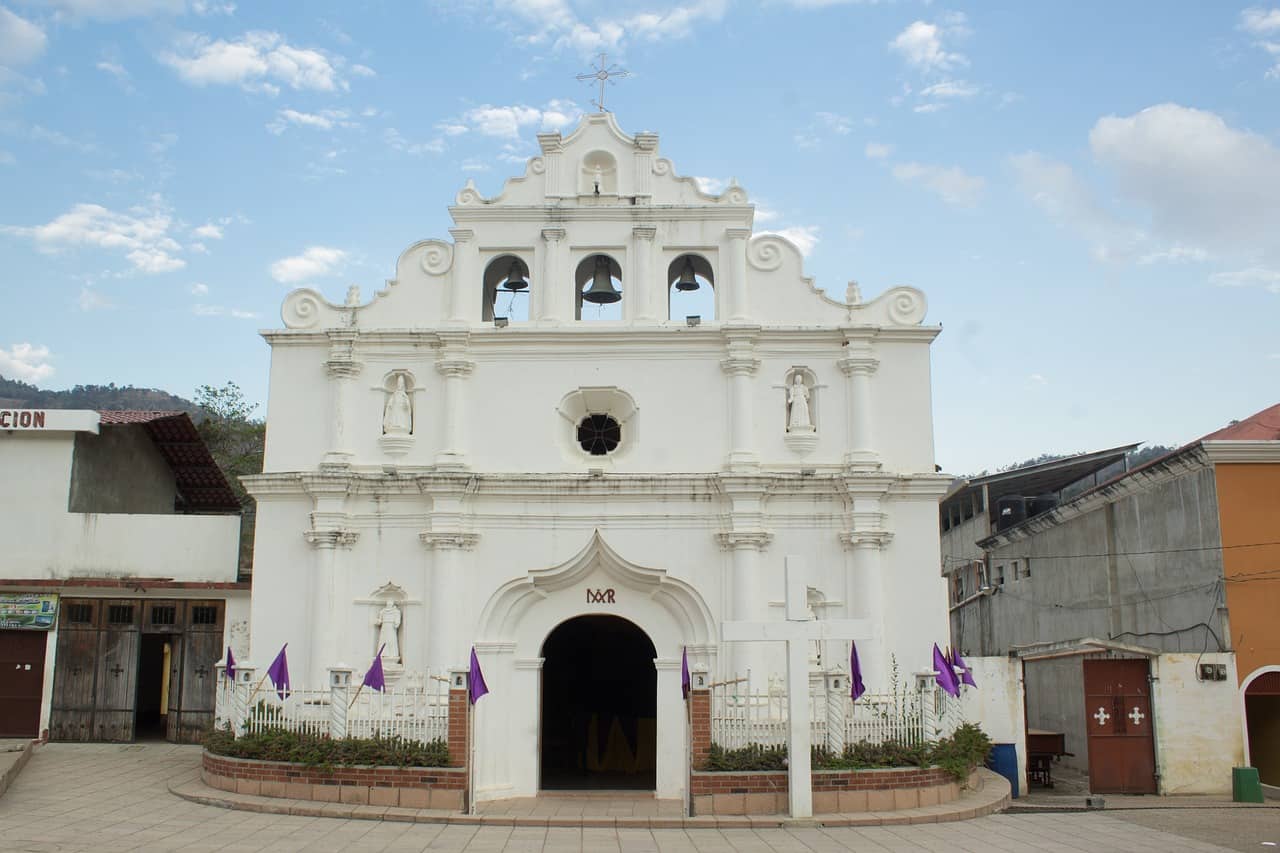
Still, the foundation of Christianity remains a vital part of Guatemalan society. Most of the population are Christians. While some are under Roman Catholic Christianity, Protestant Christianity, Agnosticism, Atheism or Irreligion.
Locals pay careful respects to the folk saint Maximón.
Legends tell of the saint creeping into town and sleeping with wives when the men are out of the village. Mayan people from different highlands towns in Western Guatemala revered Maximón.
Native indigenous groups worship a statue whom they call Mashimom.
He takes the form of a mustached little guy dressed in a suit and hat. The Guatemalans offer up cigars and booze to the statue for it to bless them.
Guatemala holds one of the highest records of violent crimes in Latin America.
In 2014 alone, 6,000 violent deaths took place in the country. In 2016, the average number of murders per week is at 101.
The industrial and commercial centre of Guatemala is Guatemala City.
Here, 15% of the population found employment.
The top recipient of remittance in Central America is Guatemala.
This case is due to Guatemala being home to a large émigré community in the United States.
The life expectancy of the Guatemalans is 71.74 years.
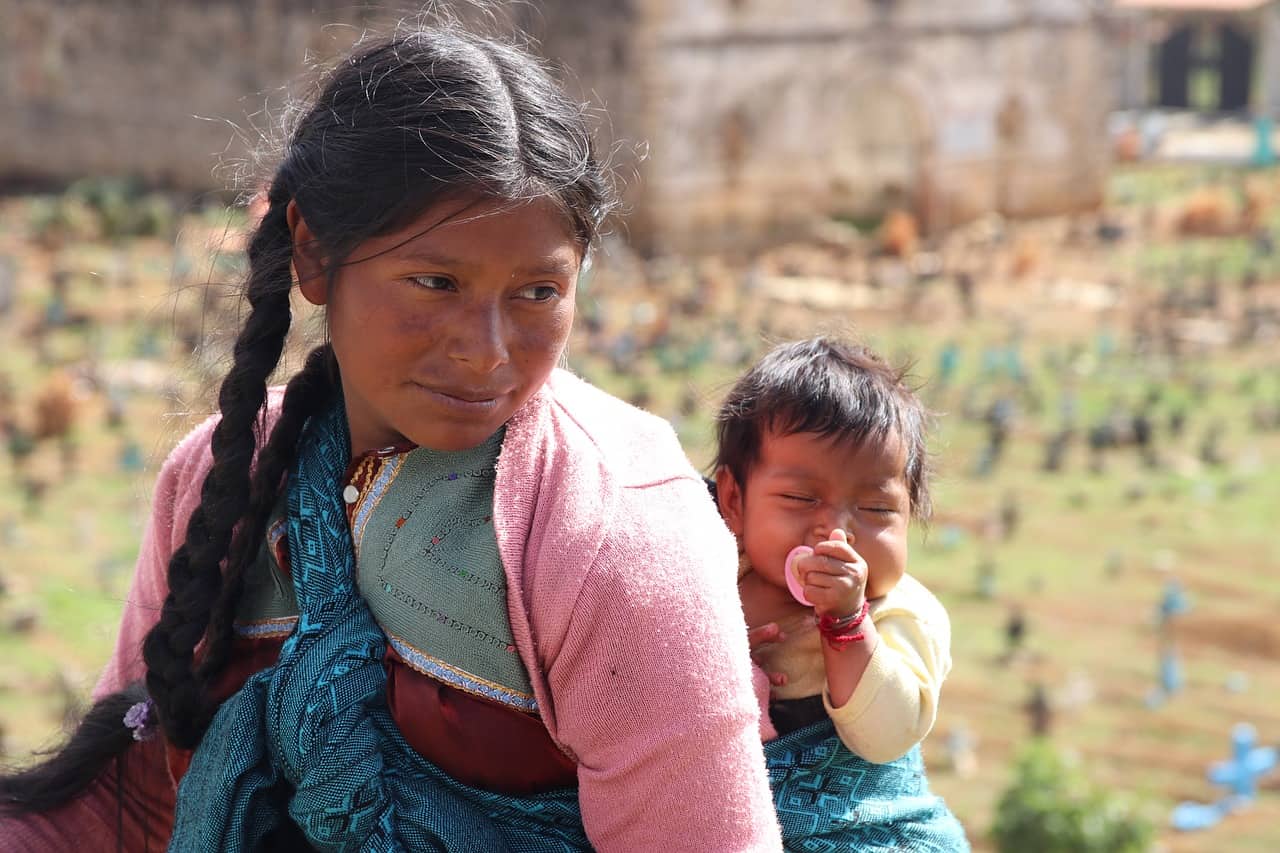
For men, their life expectancy is at 69.82 years while for women, the numbers are at 73.76.
Famous people from Guatemala became known for various fields.
Some of them are the religious leader Cash Luna, philosopher Hector-Neri Castaeda, soccer player Marco Pappa. Also movie actor Oscar Isaac, singer Ricardo Arjona, novelist Rigoberta Menchu, and rock singer Soluna Somay.
Miguel Ángel Asturias Rosales is a Guatemalan who won a Nobel Prize.
Born on October 19, 1899, Rosales was a journalist, novelist, poet-diplomat, and playwright. He passed away on June 9, 1974.
The longest war in Latin American history is the Guatemalan Civil War.
It shook the country from 1960 until 1996, but its effects still torment the country today. Around 200,000 people died in the 36-year war.
An enormous hole opened up in Guatemala City on the 30th of May 2010.
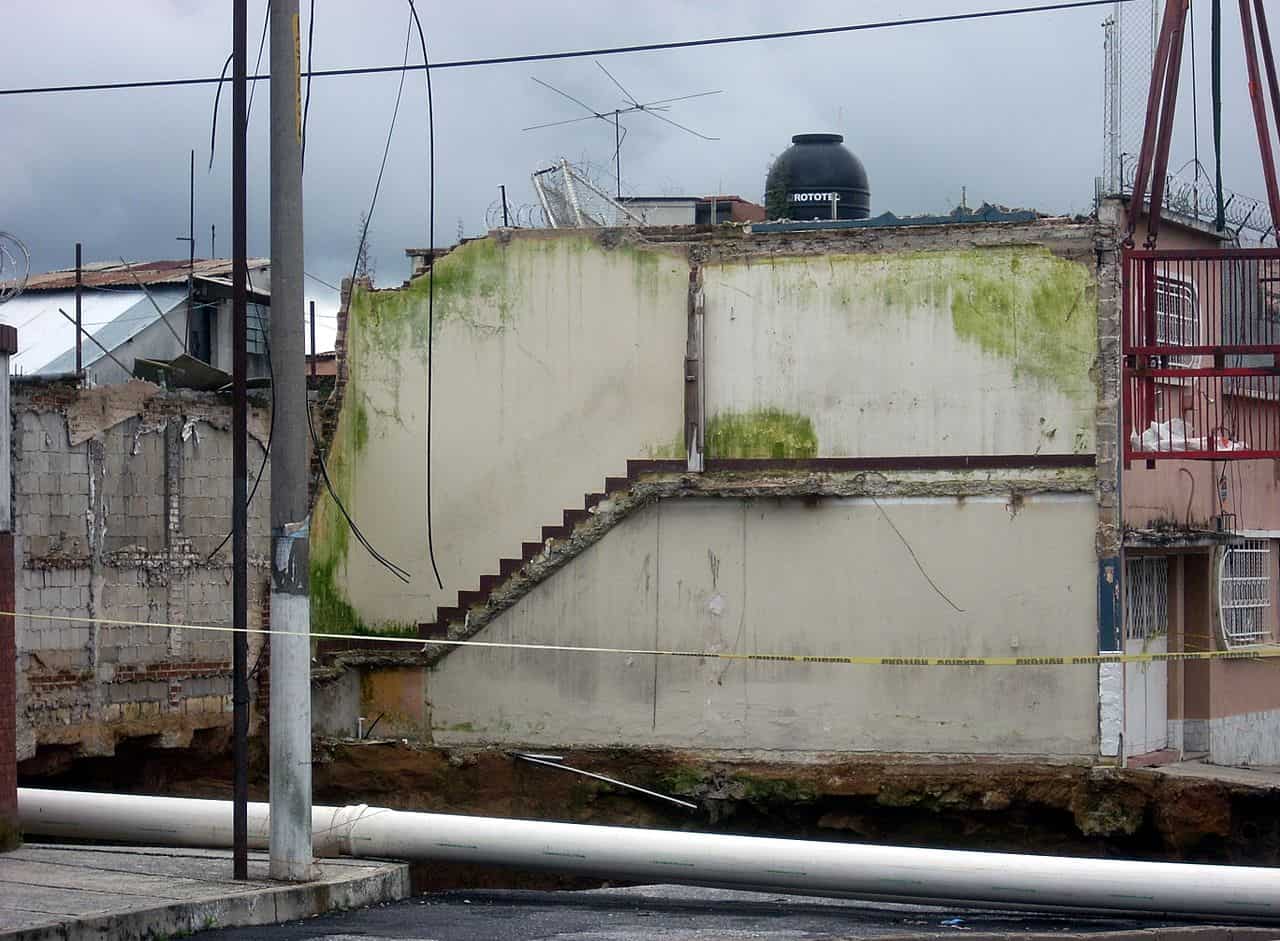
It grew up to 60 feet wide and 30 stories deep. It swallowed a three-story building along with a house, causing the death of a man. They believe that the reason behind the sinkhole’s appearance is the volcano pumice. This is the weak material with which they built the city.
Belize was once a part of Guatemala.
It was gifted to Britain who then promised some highways in return. But the said highways were never built.
The framework of the Guatemalan government is a presidential representative democratic republic.
It means that the head of the state, the government, and a multi-party system is the President of Guatemala. The government exercises executive power. Both the government and the Congress runs the legislative power. On the other hand, the judiciary is independent of the legislature and the executive.
The expected economic growth of Guatemala in 2020 is 2.8%.
It performed well in 2016 by garnering a GDP growth rate of 3.1%, 2.8% in 2017, and 3.1% in 2018. By 2019, it projected an expected growth of 3.3%.
Poverty and inequality are at a persistent high in the country.
Aside from that, childhood stunting also has a high rate. These problems posed a threat to the full development potential of Guatemala.
The Guatemalan flag has two blue stripes on the sides and a white stripe in the middle.
The middle of the white stripe bore the coat of arms of Guatemala.
Was this page helpful?
Our commitment to delivering trustworthy and engaging content is at the heart of what we do. Each fact on our site is contributed by real users like you, bringing a wealth of diverse insights and information. To ensure the highest standards of accuracy and reliability, our dedicated editors meticulously review each submission. This process guarantees that the facts we share are not only fascinating but also credible. Trust in our commitment to quality and authenticity as you explore and learn with us.
